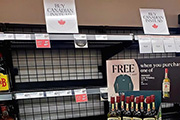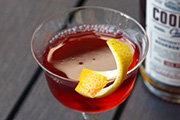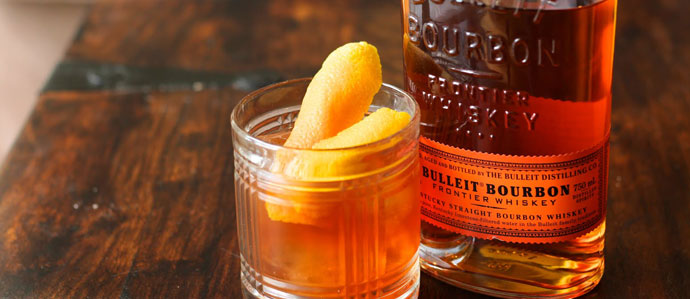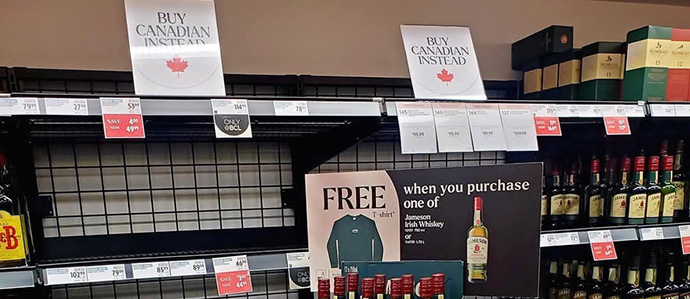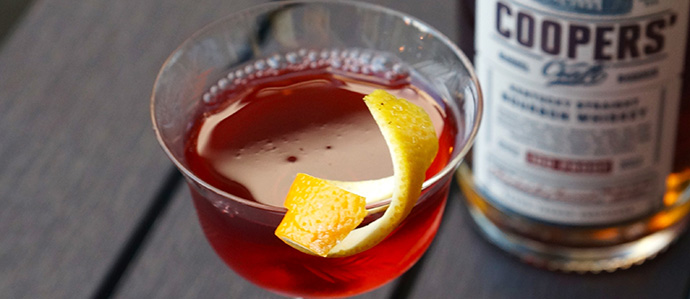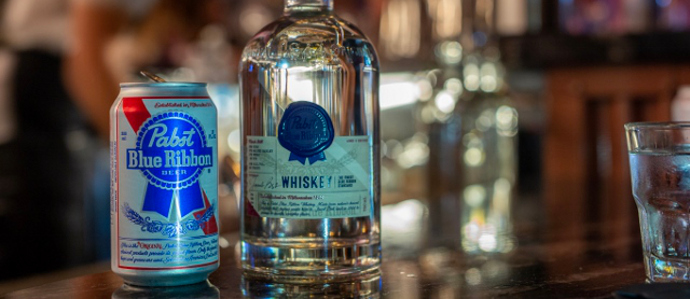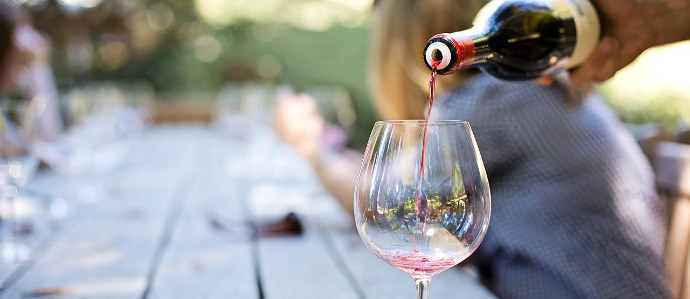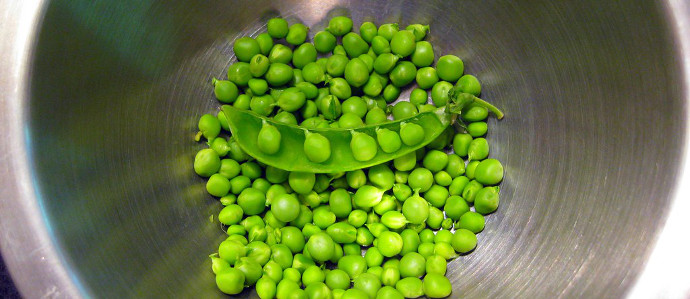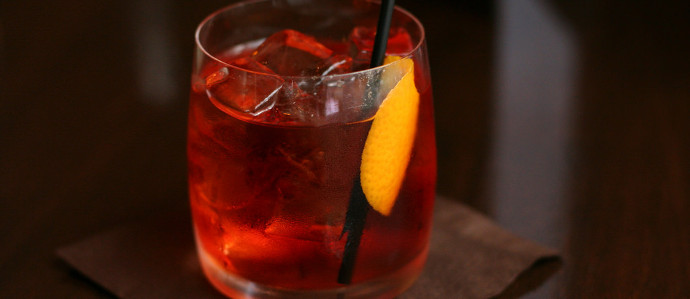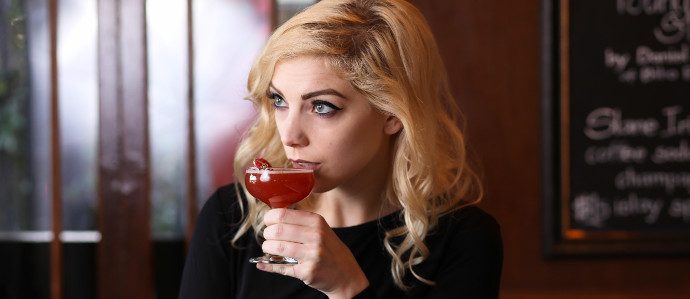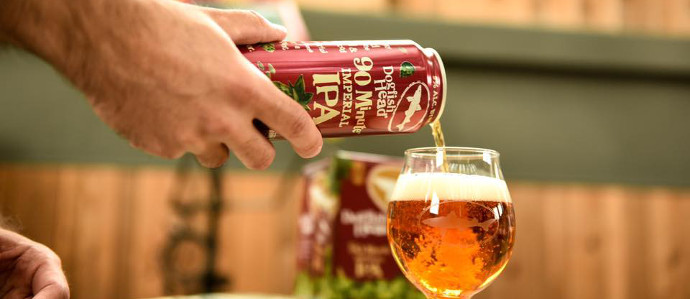
No secret: colonial Americans loved to drink. Ale and porter in the cities, corn whisky on the frontier — these time-tested quaffs never went fully out of style. But there’s a different story behind Madeira, America’s favorite wine in the 18th and 19th century.
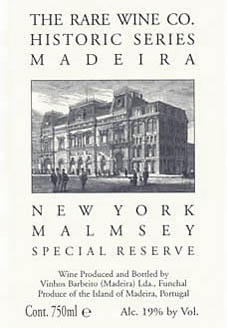 These wines, made from grapes grown on an eponymous island 600 miles off the coast of Portugal, arrived by the shipload in the major ports of young America — thirsty towns like Boston, Philadelphia, Charleston, and Baltimore. Connoisseurs would buy Madeira by the cask, and set the wine aside to age. Age it did. Madeira is a fortified wine, with neutral spirits added in the midst of fermentation to halt the process. The casks are then intentionally exposed to high temperatures and oxygen. All these steps, combined with the high acidity in the grapes, make Madeira an exceptionally sturdy wine.
These wines, made from grapes grown on an eponymous island 600 miles off the coast of Portugal, arrived by the shipload in the major ports of young America — thirsty towns like Boston, Philadelphia, Charleston, and Baltimore. Connoisseurs would buy Madeira by the cask, and set the wine aside to age. Age it did. Madeira is a fortified wine, with neutral spirits added in the midst of fermentation to halt the process. The casks are then intentionally exposed to high temperatures and oxygen. All these steps, combined with the high acidity in the grapes, make Madeira an exceptionally sturdy wine.
It took crisis to quell our urban forefathers’ fervor for the drink: successive plagues of Oïdium and Phylloxera hit the island’s vines in the second half of the nineteenth century and delivered a crushing blow to production.
Bringing Classics Back
Thus, credit to the Rare Wine Company, which has not only been working to raise the profile of vintage Madeira in the U.S., but also to demonstrate our own unique history with the wine.
Back in Madeira’s heyday, each port developed its own unique preference for Madeira, which can be made from any of four different grape varieties. In the northern city of Boston, fanciers liked a sweeter wine, made from the Bual grape; while to the south, in Charleston, local tastes settled on a drier style, made from the Sercial grape. 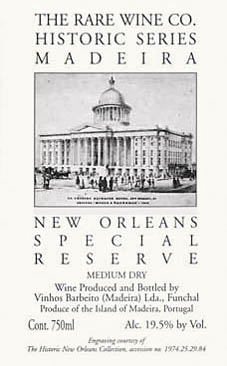
While vintage Madeira — with bottles regularly a half century or older — can be crushingly expensive, the Rare Wine Company’s Historic Series aims to offer wines representative of these classic styles, with plenty of vintage character, at reasonable prices.
The key here is careful blending: Madeiras representing the classic styles of Boston, New York, Charleston, Savannah, and New Orleans are each crafted from wines of different ages, often including parcels that are over thirty years old. Next up in the series is the delicate Rainwater Madeira of Baltimore.
Each of these blends offers a different take on Madeira: ranging on a wide spectrum from semi-dry to full-on-sweet. Thus, the Historic Series is an inducement to exploration. If you are able to find these special creations (California residents can order directly from Rare Wine Co.; in other states, you may need to ask your favorite wine bar to order for you) consider a parade of drinks after dinner to determine which taste of the past you prefer today.
Feedback
The Drink Nation Presents: The Home Bar Project
Have you ever dreamed of having an amazing home bar, filled with bottles you actually use and the tools you need to execute a fine crafted cocktail? E...read more ›
Canada's Next Level Response to Tariffs Removes All U.S. Wine & Spirits From the Shelves
Part of Canada's response, their retaliation, to the tariffs imposed o...read more ›
The History of The Boulevardier Cocktail - and How You Can Make it at Home
In this history segment, we take a closer look at a classic cocktail: The Boulevardier....read more ›
Behind the Bar: Liana Oster of Dante
For this exciting installment of Behind the Bar, we had the incredible opportunity to sit down with Liana Oster, the head bartender at Dante in New Yo...read more ›
Pabst Blue Ribbon Launches Blue Ribbon Whiskey in Select US Markets
PBR has launched their own whiskey. Let's keep an open mind and see what is inside this bottle....read more ›
The Master Sommelier Scandal is Now the Subject of a New Investigative Series
There's a new investigative series about one of the biggest scandals to ever hit the wine world....read more ›
Using Peas to Make Gin Might Lead to More Environmentally Friendly Spirits, Studies Show
Scientists may have discovered a more environmentally friendly way to make one of the world's most popular spi...read more ›
Drink a Classic Cocktail for a Good Cause During Negroni Week, June 24-30
Negroni Week 2019 is June 24-30, so drink this classic cocktail for a good cause....read more ›
What to Do if Your Uber, Lyft, or Cab Driver Ever Strays From Your Destination or Makes You Feel in Danger
If you're taking an Uber, Lyft, or cab and feel unsafe, there are steps you can take to protect yourself....read more ›
Behind the Bar: Kat Corbo of The Study & Winner of Speed Rack 2019
This time on Behind the Bar, we spoke to Kat Corbo of The Study, who recently won Speed Rack 2019....read more ›
Boston Beer & Dogfish Head Have Merged in a $300 Million Deal
In a huge move for the American craft beer community, Boston Beer and Dogfish Head have agreed to a merger valued at $300 million dollars. ...read more ›




